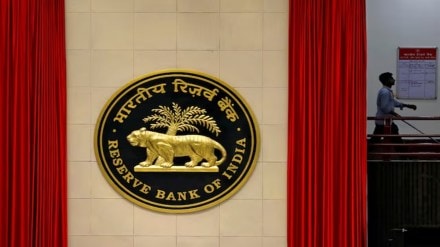The repo rate was left unchanged at 5.5% when the Monetary Policy Committee (MPC) met in early October, even though the Reserve Bank of India (RBI) believed there was room to ease. To be sure, the commentary was dovish, indicating chances of a rate cut in December. This was accompanied by a cut in the forecast for retail inflation for the current year by a chunky 50 basis points to 2.6%. Now, as widely anticipated, retail inflation for September has come in at 1.5% year-on-year, the lowest levels since June 2017. While this will head up to levels of 4.5% by April-May next year, it should not be reason to hold back a cut in repo rates because the growth momentum could slow. We now have evidence that the 50% US tariffs have hurt exports to the US—in September, they fell 12% y-o-y. Global Trade Research Initiative (GTRI) noted that shipments to the US fell 37.5% over four months, from $ 8.8 billion in May to $5.5 billion in September 2025.
The rise in total exports of 6.5% y-o-y in September must be seen in the context of a favourable base effect and a 50% jump in the exports of electronic goods. Unless there is a trade deal in place soon, exports to the US could slow further, impacting exporters in areas like textiles, gems and jewellery, and engineering goods that employ large workforces. That, in turn, will surely dampen aggregate consumption at a time when sectors like technology are seeing layoffs. The central bank appears to be cognizant of this. While the RBI has upped its FY26 GDP forecast by 30 bps to 6.8%, the quarterly forecasts from the second half of this year onwards have been pruned by 0.1-0.2 percentage points.
Ideally, the GDP forecast should have been raised further since the economy will turn in a strong performance in the current quarter driven by the jump in consumption, owing to the Goods and Services Tax (GST) rate cuts in the peak festive season. Already, car and two-wheeler manufacturers are doing brisk business and strong sales have also been reported by other sectors too, all of which should drive up aggregate demand for the December quarter. However, the bounce in consumption spends might be somewhat temporary, tapering off post the festive season given the relatively low levels of private sector capex and job creation. In fact, while the Centre’s capex has seen a big jump of 43% in the five months to August, some of this is not capex in its true form but equity infusions into companies and spends on food and public distribution. Economists estimate that core capex has risen by about 16%. Some of this needs to be taken into consideration as does the fact that the September quarter GDP data will also be exaggerated by low deflators much like it happened for the June quarter.
Moreover, transmission of cuts in policy rates into lending rates—other than for loans linked to external benchmarks—takes time. Banks have lowered their marginal cost of funds-based rate, but not meaningfully. With the benchmark yield hovering around 6.49—6.51%, corporate bond yields have not come down over the last couple of months. The RBI had observed on October 1 that about half the transmission—of the 100 bps cut in the repo—had been completed in select lending rates. That’s all the more reason to speed up the rate cut.
